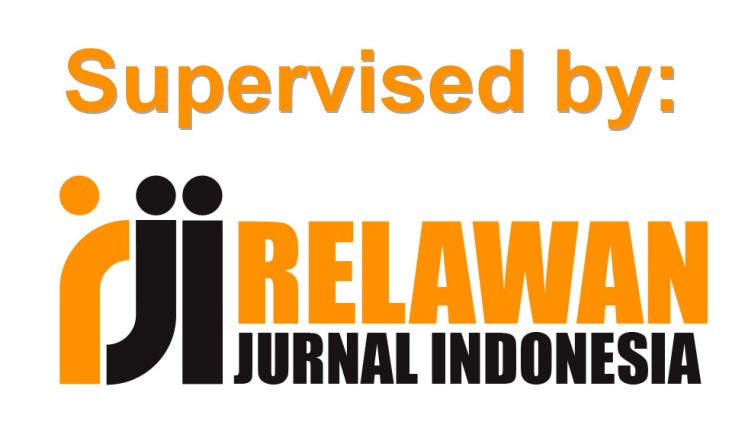Penerapan Metode Hierarchical Clustering Untuk Pengelompokan Kota/Kabupaten di Indonesia Berdasarkan Indikator Kemiskinan
Abstract
In 2024, the government sets a poverty target in Indonesia of 6-7%. Until September 2022, poverty still shows a figure of 9.57%. To achieve the target, it is necessary to determine priority areas so that government policies can be right on target. This study aims to group cities/regencies in Indonesia based on poverty indicators as a solution to obtain priority areas using the clustering method. This method is used to collect data into several groups based on the same criteria. Hierarchical clustering consists of several methods, including agglomerative nesting such as single linkage, complete linkage, average linkage, and Ward linkage, and divisive analysis. The results showed that the agglomerative nesting average linkage method is the better method because it has a greater cophenetic value and silhouette coefficient value, which is 0.90 and 0.71. The clustering results consist of two clusters, cluster 1 contains 493 areas with low poverty and cluster 2 contains 21 areas with high poverty.
Keywords
Full Text:
PDFDOI: http://dx.doi.org/10.30646/tikomsin.v11i2.754
Refbacks
- There are currently no refbacks.
Editorial Office :
TIKomSiN : Jurnal Teknologi Informasi dan Komunikasi Sinar Nusantara
Published by STMIK Sinar Nusantara Surakarta
Address KH Samanhudi 84 - 86 Street, Laweyan Surakarta, Central Java, Indonesia
Postal Code: 57142, Phone & Fax: +62 271 716 500
Website: https://p3m.sinus.ac.id/jurnal/index.php/TIKomSiN
Email: tikomsin @ sinus.ac.id

This work is licensed under a Creative Commons Attribution-NonCommercial-ShareAlike 4.0 International License.










